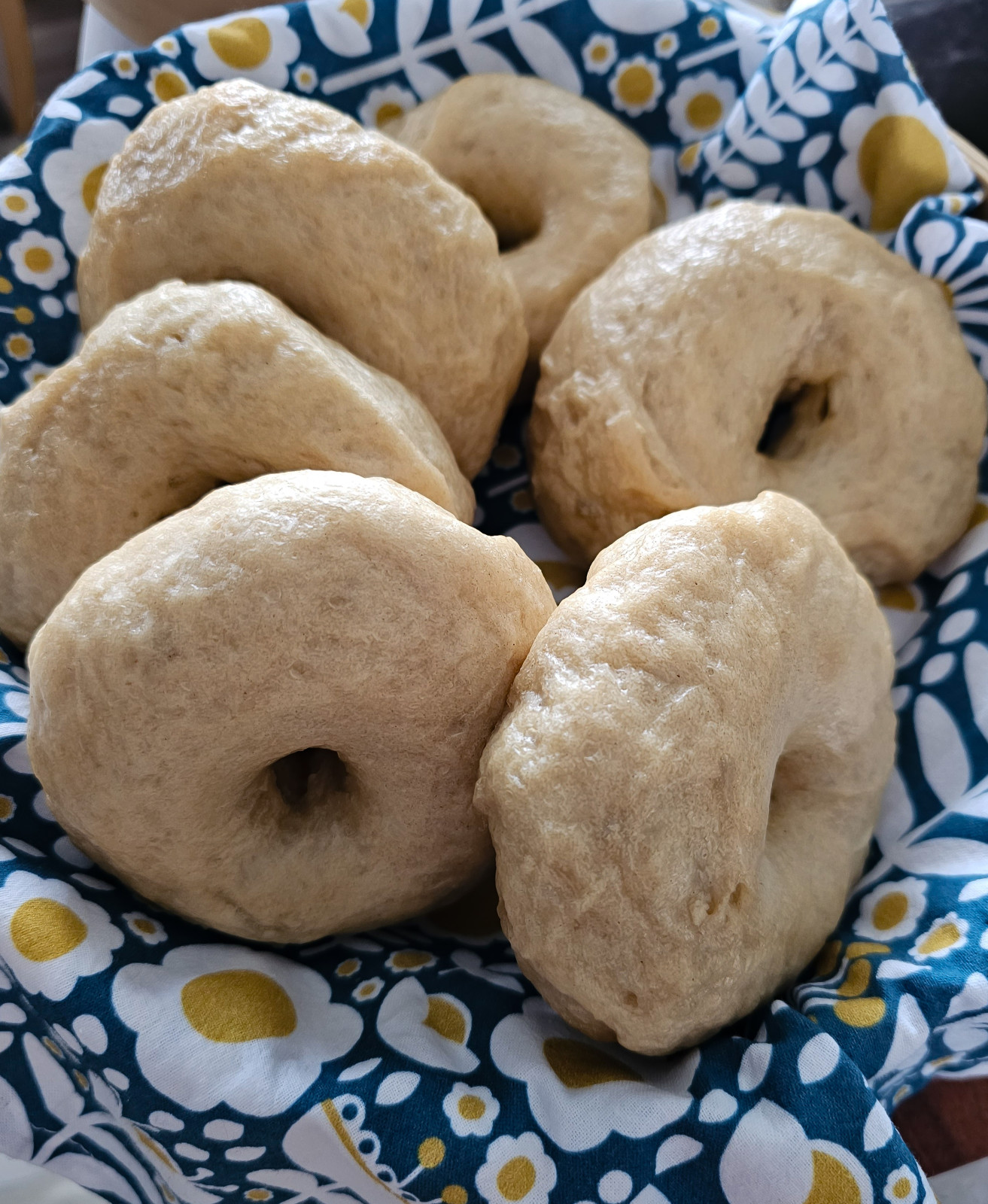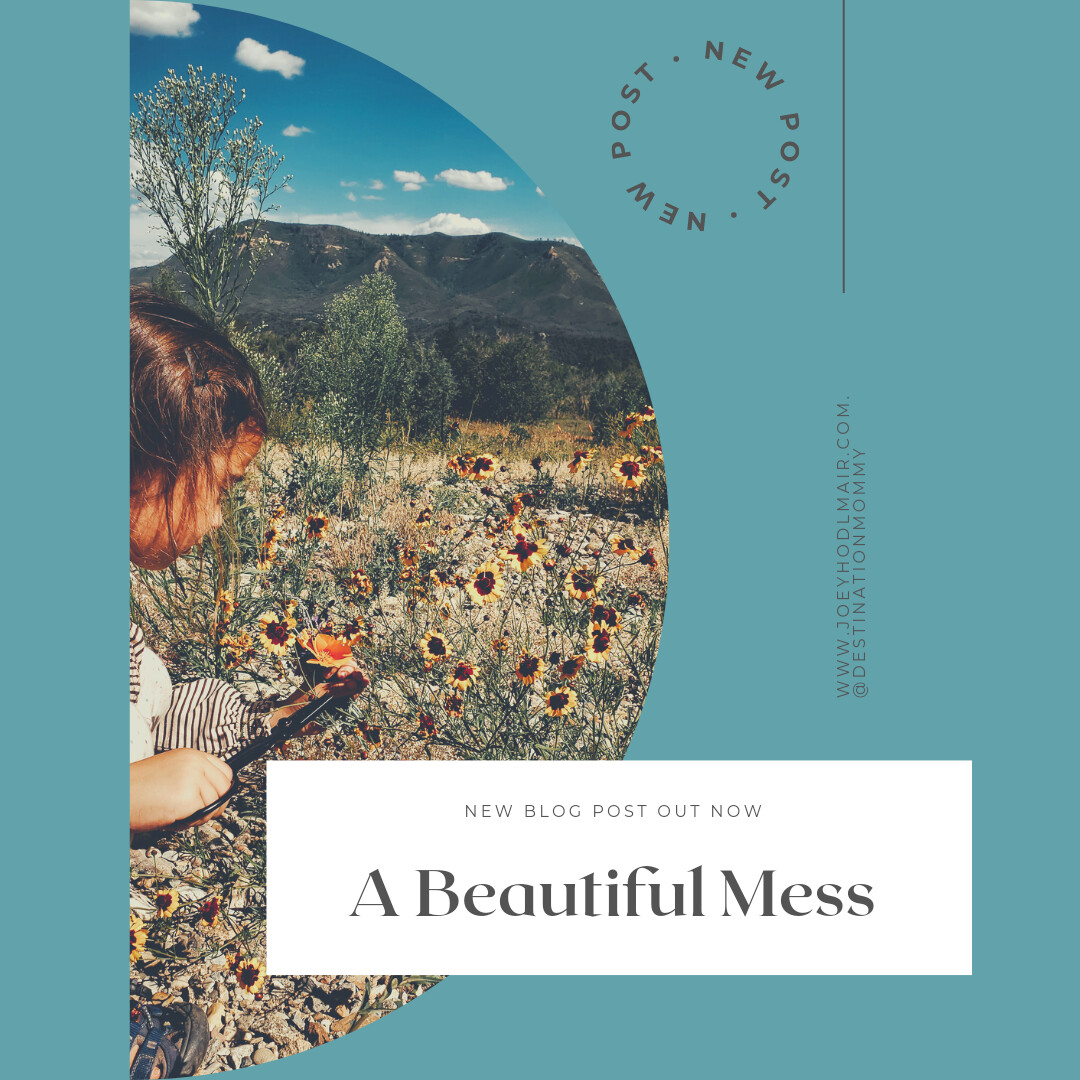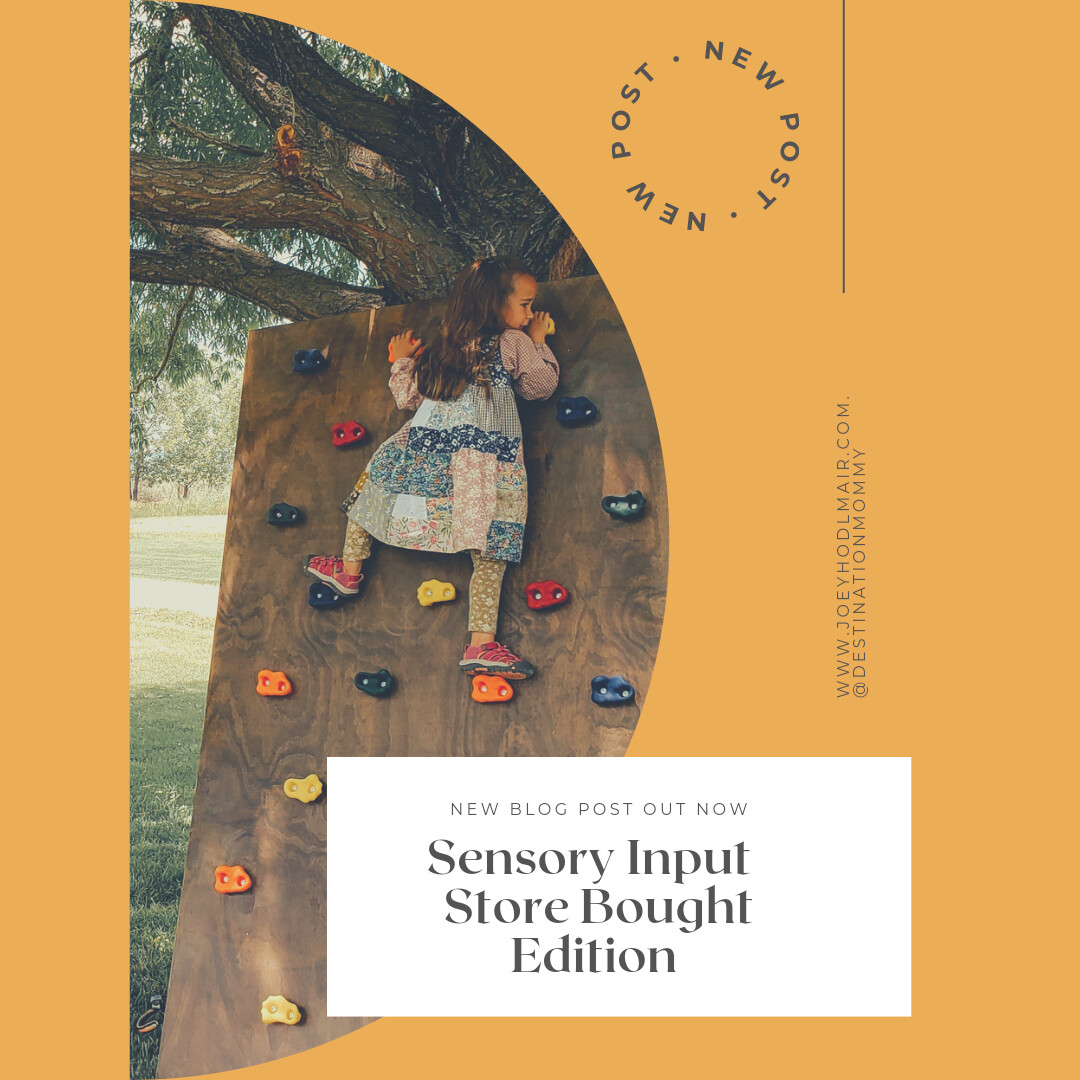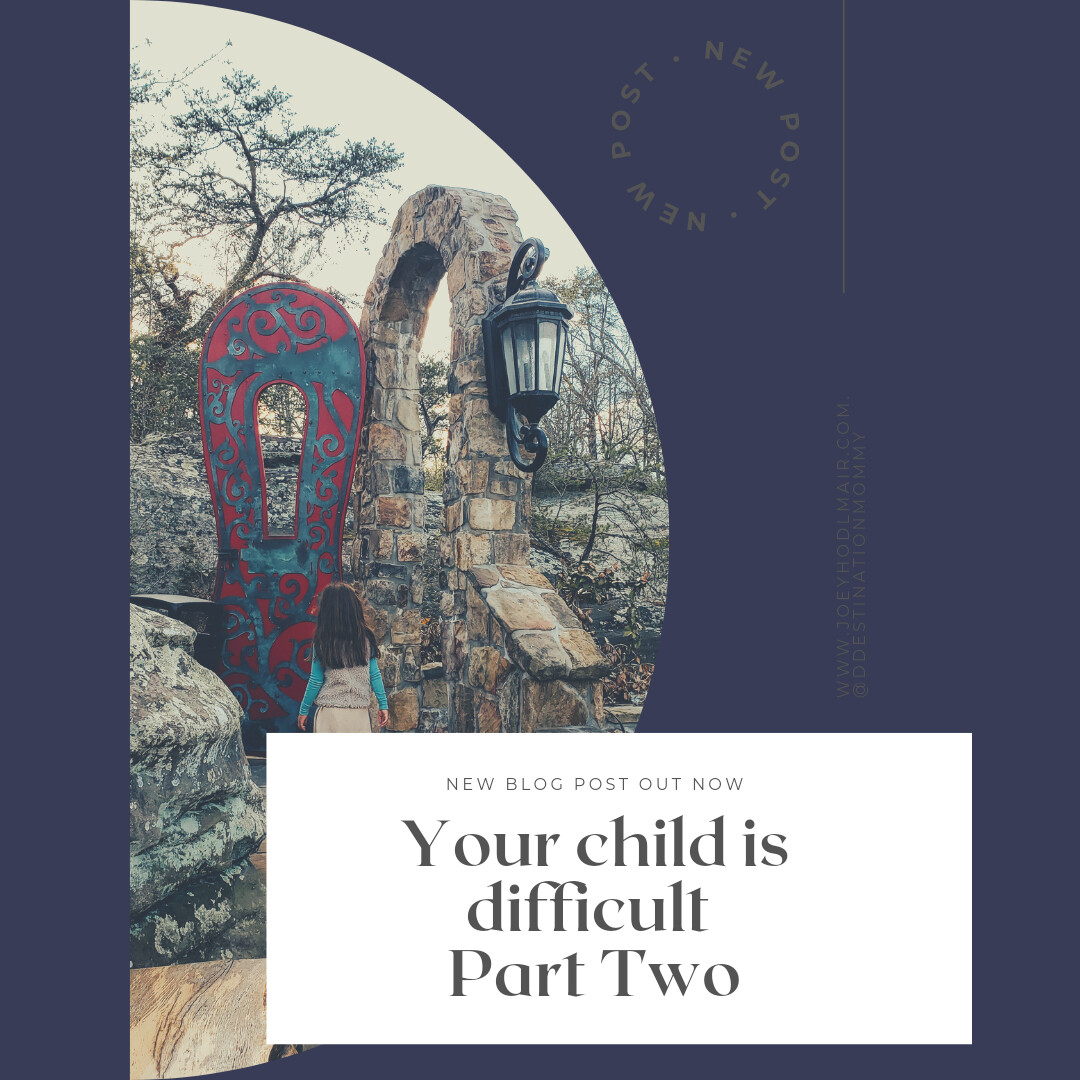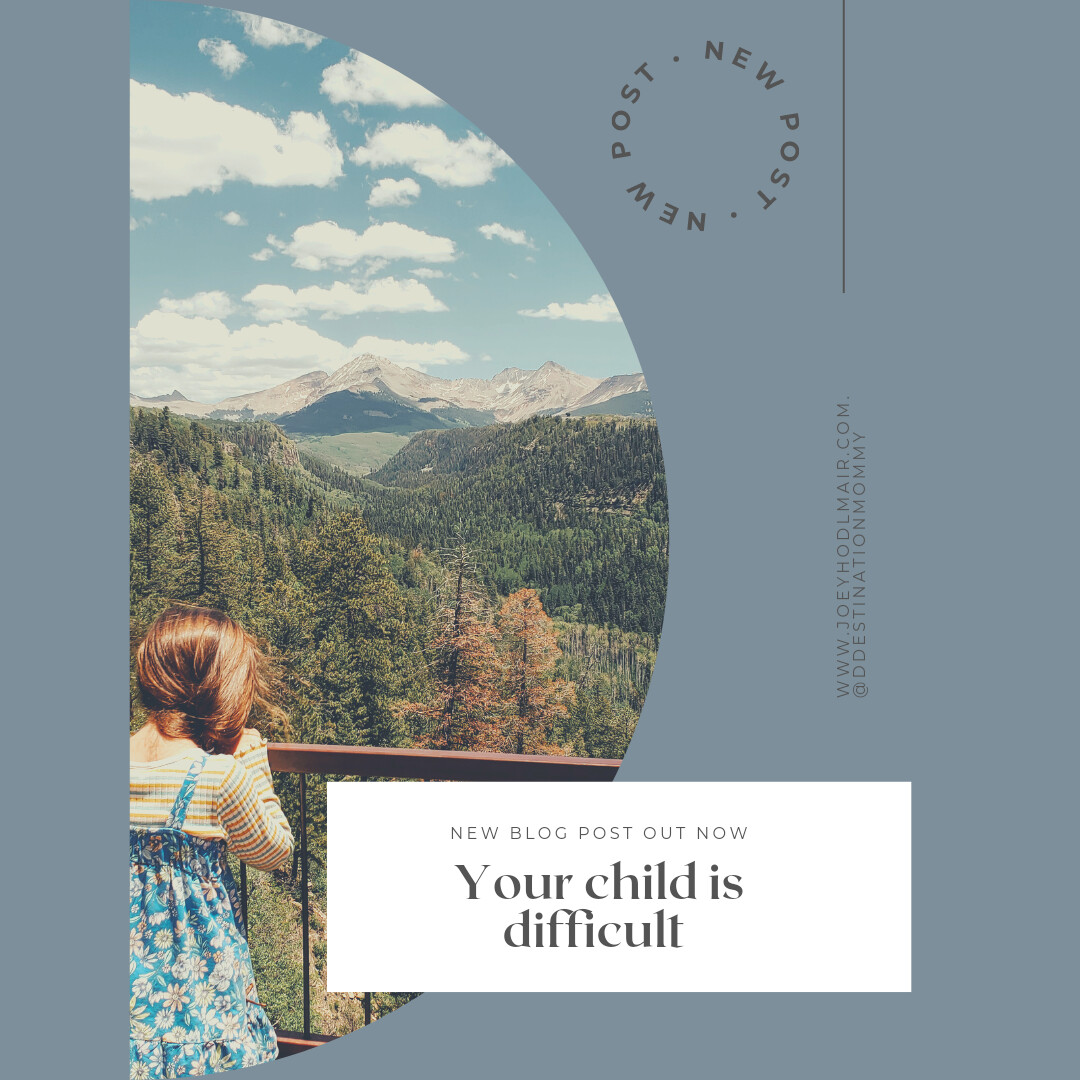Have you ever felt alone, misunderstood and/or brushed off when you talk about your child's big emotions? Let's talk a little about navigating the world with an emapth.
Read more...For way too long I stood in my way thinking that I needed to "look professional" in order to share my journey and encourage others.
Read more...Go from stuck to thriving! You are worthy. And no this isn't an mlm. This is you.
Read more...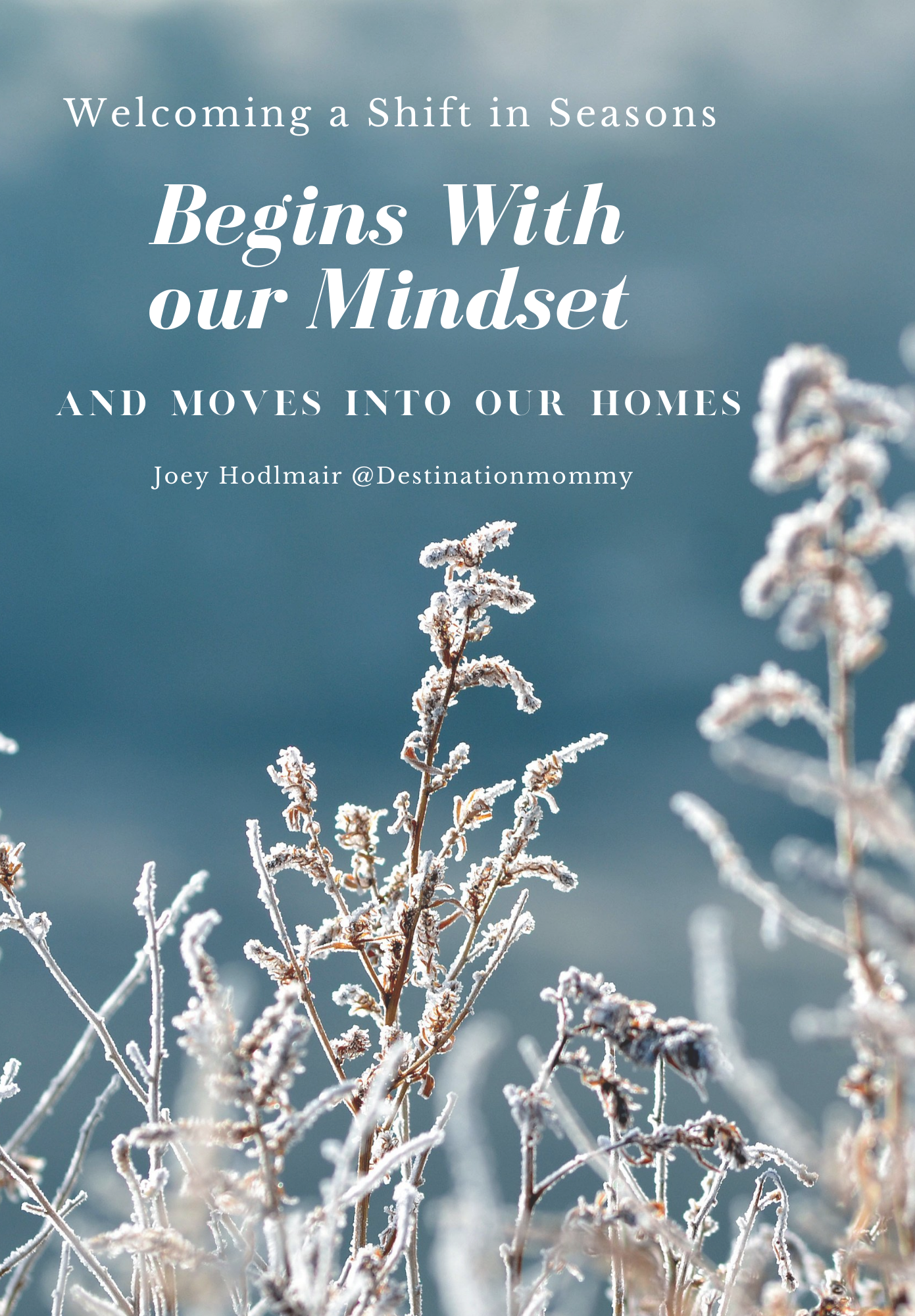
Hello Everyone,
I'm not sure about where you are, but we have dove into winter with our first snow in the lower elevations of Colorado! We woke to 16 degree temps and frozen snow crystals everywhere.
I know for many the change in seasons can bring about a mix of emotions and for those that love to get outside with their little ones, snow can sometimes be a challenge. It's why I wanted to share a few ideas with you all and offer some support.
As always, I'm here to talk or just listen.
Thank you for following along and being part of my village, Joey
Link Below
Link Below
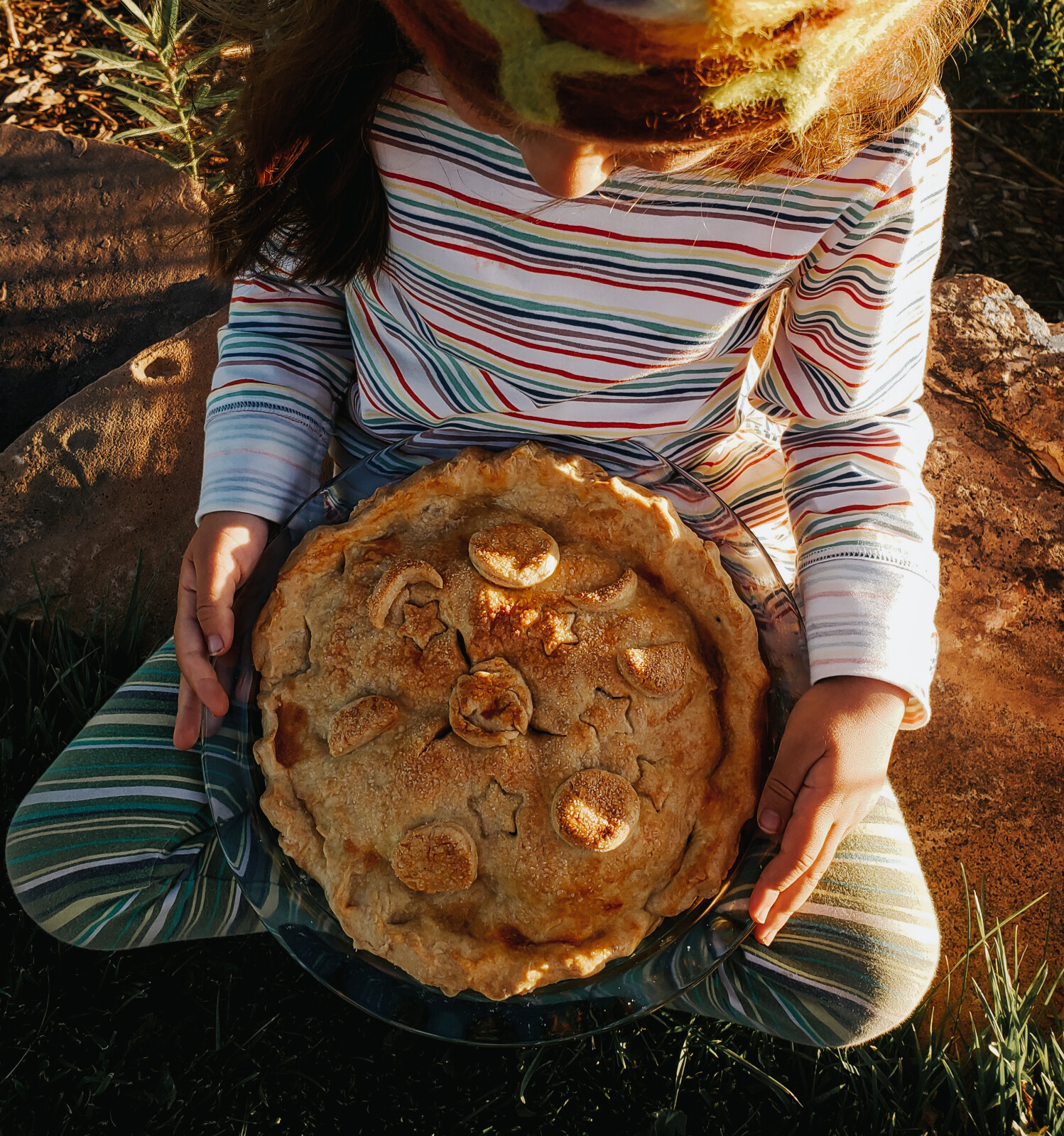
Remember we create our reality in so many ways. We can shift our mindset and our day when we remember that it's in our hands.
Is your child highly sensitive?
While there are so many ways a person can express this trait, I am going to share some of the more common ways. I know for many parents this is the first thing that they struggle with because they feel that their child is "different than others" and doesn't adapt as easily as other children do.
Raising a highly sensitive child can go two ways. 1. You can allow their sensitivities to put you into comparison mode, constantly questioning why your child isn't like others. This often leads to lots of frustration and time wasted. 2. You know your child and their highly sensitive personality so you prepare your mind. You allow extra time for getting ready for the day-clothing may feel funny, socks may be too tight... You stick with the clothing/materials your child is comfortable with. You bring headphones for noise. You eat outdoors at restaurants due to smells and...You know that minor cuts and scrapes are felt on a deeper level. You shift your mindset to see your child for who they are and leave comparison at the door. You embrace your child's needs and know that in doing so, things become a little easier.
The empathic child, the highly sensitive child feels your frustration, rush, and anxiety. All these emotions will increase their sensitivity level as they take on what you're feeling.
According to research by Elaine Aron, the researcher who originally discovered the trait, highly sensitive people (HSP) inherited a special set of genes that leads to having a more highly attuned nervous system.
That means HSPs notice more details and process information more thoroughly than others. Studies have shown that the HSP brain is more active in areas related to attention, emotion, action-planning, decision-making, and having strong internal experiences.
There is so much beauty that comes with raising a highly sensitive little one, but it is also very draining if you don't take time to care for yourself. I know for me, sleep is huge as is having down time. In my situation this down time is with my daughter. We watch the river, collect rocks on a walk, draw...I have found things that settle both of our minds. On a side note I have learned that what may seem like downtime for most, isn't often downtime for an HSP as their brains are constantly going. An example-we used to paint to relax, but that became a trigger as paint doesn't always do what we want it too...So find your calm and lean in.
Some traits of an HSP-
1. Highly creative and inside their minds. So much going on and always thinking and creating. At times this can lead to overthinking. The beauty of this trait-very creative little ones.
2. Your are an empath or very empathetic
3. You struggle with feedback-which leads many to overwork and go above and beyond to avoid negative feedback.
4. You appreciate time to reflect. You know how they say it takes a child 20 seconds to process what you've asked? Well double that for an HSP. They need time, they think through words on a deeper level and pick up on nuances.
5. When an HSP feels uncomfortable or pressured, they will freeze. This is due to that emotional piece and being more in tune with their own stress as well as the stress of others.
6. Problem solvers. Very mindful of situations that need to be solved and very aware of all the pieces that are part of the issue.
7. Notice what others miss-Body language, tone of a voice. Things that many miss, HSPs pick up and carry with them.
8. Kindness comes easy. The heart of an HSP is nurturing. It feels deeply and therefore is always looking for ways to care for others and be kind.
9. Very deatail oriented. HSPs notice when someone misses a step (a step that isn't necessarily important or needed). In the world of an HSP every single detail is noticed and retained. And those things can't be dismissed very easily.
10. You enjoy being at home, in your own space or in places you feel comfortable. New places, new people brings on anxious feelings.
11. Clothing can be a struggle for you. Again, HSPs feel what others miss. They feel the tiny thread that was left behind. They hear the tag crunching on their skin.
While this list is not exhaustive, this gives you some things to looks for.
As always remember this- Your child isn't trying to frustrate you. They truly feel and walk life differently. When we can step back and understand our child and appreciate them for who they are, it gives us a chance to be compassionate before frustration sets in. Give yourself extra time to decompress after your day with your child. Make sure it's something that actually releases all that you've stored. Go for a walk or sit in the tub and read. Find your balance, it's key. And know that you'll make mistakes, you'll most likely lose your temper-just be willing to reconnect with your child and apologize.
And remember this- don't try to change your child or force them into to situations thinking it will get easier. Trust me, it won't get eaiser (when forced) if your child is a true HSP. Give your child time to grow and trust you. It's when you don't push , that your child will slowly open up to things. I have found that when we need to do something that pushes my daughter beyond her comfort, we take time to talk about it days before. We stay positive about the situation and find something to being that will help her transition. For my little one is usually a stuffy.
Sending hugs to all! Hope this helps a bit. I would love to hear from you, especially if you're raising an HSP/empathic little!
Raising a highly sensitive child can go two ways. 1. You can allow their sensitivities to put you into comparison mode, constantly questioning why your child isn't like others. This often leads to lots of frustration and time wasted. 2. You know your child and their highly sensitive personality so you prepare your mind. You allow extra time for getting ready for the day-clothing may feel funny, socks may be too tight... You stick with the clothing/materials your child is comfortable with. You bring headphones for noise. You eat outdoors at restaurants due to smells and...You know that minor cuts and scrapes are felt on a deeper level. You shift your mindset to see your child for who they are and leave comparison at the door. You embrace your child's needs and know that in doing so, things become a little easier.
The empathic child, the highly sensitive child feels your frustration, rush, and anxiety. All these emotions will increase their sensitivity level as they take on what you're feeling.
According to research by Elaine Aron, the researcher who originally discovered the trait, highly sensitive people (HSP) inherited a special set of genes that leads to having a more highly attuned nervous system.
That means HSPs notice more details and process information more thoroughly than others. Studies have shown that the HSP brain is more active in areas related to attention, emotion, action-planning, decision-making, and having strong internal experiences.
There is so much beauty that comes with raising a highly sensitive little one, but it is also very draining if you don't take time to care for yourself. I know for me, sleep is huge as is having down time. In my situation this down time is with my daughter. We watch the river, collect rocks on a walk, draw...I have found things that settle both of our minds. On a side note I have learned that what may seem like downtime for most, isn't often downtime for an HSP as their brains are constantly going. An example-we used to paint to relax, but that became a trigger as paint doesn't always do what we want it too...So find your calm and lean in.
Some traits of an HSP-
1. Highly creative and inside their minds. So much going on and always thinking and creating. At times this can lead to overthinking. The beauty of this trait-very creative little ones.
2. Your are an empath or very empathetic
3. You struggle with feedback-which leads many to overwork and go above and beyond to avoid negative feedback.
4. You appreciate time to reflect. You know how they say it takes a child 20 seconds to process what you've asked? Well double that for an HSP. They need time, they think through words on a deeper level and pick up on nuances.
5. When an HSP feels uncomfortable or pressured, they will freeze. This is due to that emotional piece and being more in tune with their own stress as well as the stress of others.
6. Problem solvers. Very mindful of situations that need to be solved and very aware of all the pieces that are part of the issue.
7. Notice what others miss-Body language, tone of a voice. Things that many miss, HSPs pick up and carry with them.
8. Kindness comes easy. The heart of an HSP is nurturing. It feels deeply and therefore is always looking for ways to care for others and be kind.
9. Very deatail oriented. HSPs notice when someone misses a step (a step that isn't necessarily important or needed). In the world of an HSP every single detail is noticed and retained. And those things can't be dismissed very easily.
10. You enjoy being at home, in your own space or in places you feel comfortable. New places, new people brings on anxious feelings.
11. Clothing can be a struggle for you. Again, HSPs feel what others miss. They feel the tiny thread that was left behind. They hear the tag crunching on their skin.
While this list is not exhaustive, this gives you some things to looks for.
As always remember this- Your child isn't trying to frustrate you. They truly feel and walk life differently. When we can step back and understand our child and appreciate them for who they are, it gives us a chance to be compassionate before frustration sets in. Give yourself extra time to decompress after your day with your child. Make sure it's something that actually releases all that you've stored. Go for a walk or sit in the tub and read. Find your balance, it's key. And know that you'll make mistakes, you'll most likely lose your temper-just be willing to reconnect with your child and apologize.
And remember this- don't try to change your child or force them into to situations thinking it will get easier. Trust me, it won't get eaiser (when forced) if your child is a true HSP. Give your child time to grow and trust you. It's when you don't push , that your child will slowly open up to things. I have found that when we need to do something that pushes my daughter beyond her comfort, we take time to talk about it days before. We stay positive about the situation and find something to being that will help her transition. For my little one is usually a stuffy.
Sending hugs to all! Hope this helps a bit. I would love to hear from you, especially if you're raising an HSP/empathic little!
It's moments of hearing my daughter talk about a pair of shoes going to just the right person because they love a certain color or they smile a certain way, that I am reminded to just breathe.
Read more...For now, just remember this, you can't retrain an empaths brain. You can't make them less sensitive. You can love them exactly where they are at!
Read more...When we parent without the outside noise, we become the parent our child needs. Lean into it, find your balance.
Read more...

